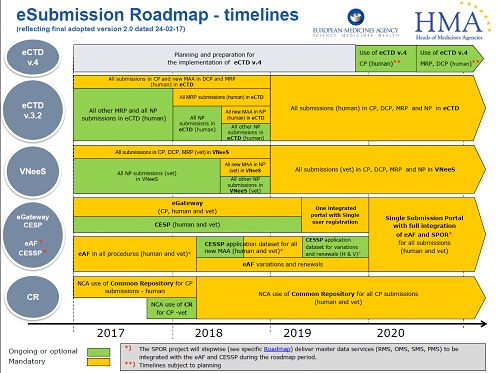Back to Basics – The Decentralised Procedure (DCP)
We continue our back to basics series for those who may be new to Regulatory Affairs (If you need help with the jargon visit our A-Z Glossary of Regulatory abbreviations).
In the EU, there are two different procedures available to apply for a marketing authorisation application (MAA) for the same medicinal product in more than one Member State at a time:
- the Decentralised Procedure (DCP)
- the Mutual Recognition Procedure (MRP).
This Article focuses the Decentralised Procedure (DCP).
The DCP is only applicable if no marketing authorisation has previously existed in the EU/EEA, as per Directive 2004/27/EC and if an identical dossier is submitted simultaneously in all selected Member States.
To prepare for a DCP submission:
- Establish a Reference Member State (RMS).
- One Member State called the RMS will be selected by the Applicant to lead the assessment of the MAA.
- To do this, complete a “Request for RMS in a Decentralised Procedure” Form and send it to your preferred RMS at least 2 months before the planned date of submission of the marketing authorisation application.
- Only one RMS request can be submitted at a time. It is advisable to establish an RMS as soon as possible as DCP slots get booked up very quickly.
- The guidance, Decentralised Procedure – Requests to act as RMS, provides an overview of the booking system & links to the various National Competent Authorities who act as RMS
- Prepare a dossier in accordance with the current legislation and EU guidelines.
- Check that the requirements for submissions for new Marketing Authorisations are met for the various Member States to avoid validation comments (at Day -14) and also for any additional requirements to determine if any wet/original/notarised signatures are required
- Ensure the correct fee amount has been paid.
- Check the dossier for common validation issues raised by the RMS and the CMSs in DCP procedures to prevent them being requested during the validation of your application.
- The applicant then simultaneously submits an identical dossier to the RMS and all CMS by the agreed submission date booked with RMS.
- The application will be submitted via CESP portal, according to eCTD Guidelines, & then applicant will send any hard copies/original documents required by various Member States as per national requirements.
- Assessment Reports (Day 70, D120, Day160, D210):
- The RMS is responsible for preparing an Assessment Report (AR) which summarises the dossier presented by the applicant. The AR characterises and critically evaluates the medicinal product concerned with regard to its quality, safety and efficacy.
- This AR will be made available to all Concerned Member States (CMS) together with SmPC, PL and labelling by the RMS and forms the basis for the evaluation by CMS.
- In the case a Member State concerned by the procedure is unable to accept the AR or draft AR on the basis of a “potential serious risk to public health”, the application will be sent to the CHMP for arbitration.
- End of Procedure can be in 90-210 days after validation phase is closed.
- It is advisable to plan the national translations in time. It is critical that the translation service used is reliable and technically competent to translate medical text.
- Seven calendar days after end of procedure the Applicant should send high quality national translations of SmPC, PL and labelling and mock-ups to individual CMSs.
- There is usually a 30-day National assessment before of the granting of the MA, however the timelines differ in each MS.
- If consensus is not reached at the end of the procedure, a pre-arbitration (CMDH) and arbitration (CHMP) phase may take place.
Written by
Marian Winder









